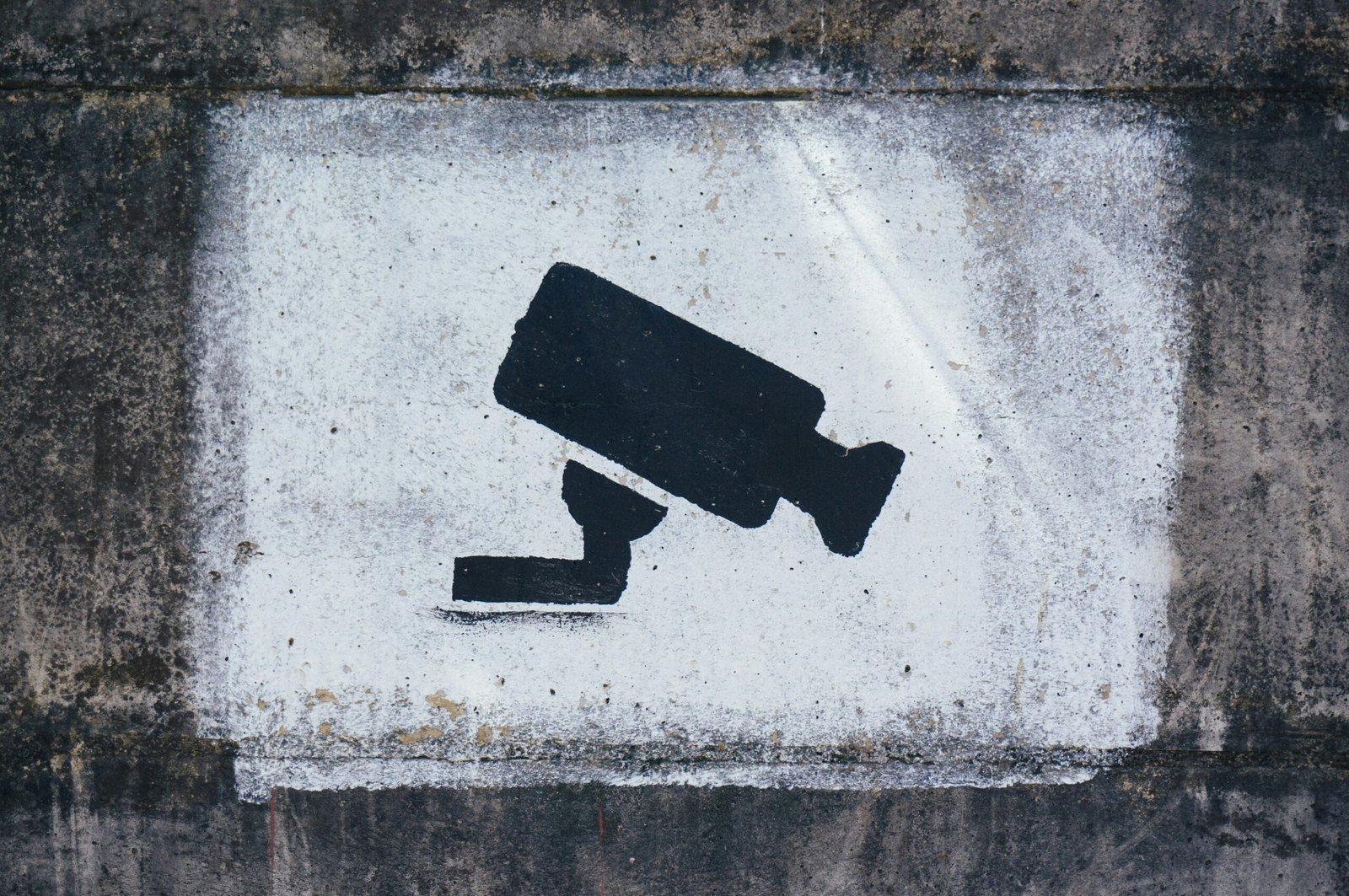Understanding Surveillance Systems
Surveillance systems play a crucial role in enhancing the security and safety of homeowners associations (HOAs). Fundamentally, a surveillance system is a combination of devices and technologies designed to monitor activities in a particular area, providing real-time visibility and historical data to aid in crime prevention and community management. The components of these systems typically include cameras, motion sensors, and access control systems, all working in unison to create a secure environment for residents.
One of the most prevalent types of technology used within these systems is video surveillance cameras. These devices can be installed in strategic locations throughout the community, such as entrances, recreational areas, and parking lots, ensuring comprehensive coverage. With advancements in technology, many cameras now offer high-definition video quality, night vision capabilities, and remote access functionality, allowing HOA members to monitor their surroundings effectively from afar.
Motion sensors add another layer of security by detecting movement in specified areas. These sensors can trigger alerts or activate cameras, capturing any unusual activity in real time, which is vital for maintaining safety within the community. Additionally, access control systems assist in managing entry points to the property, enabling HOAs to regulate who can enter the premises and at what times, further enhancing security measures.
The implementation of surveillance systems in HOAs yields several benefits. First and foremost, these systems significantly deter potential criminal activity, as the presence of monitoring technology is known to discourage wrongdoing. Furthermore, they offer peace of mind to residents, fostering a sense of community safety and well-being. The ability to review recorded footage can also be invaluable in resolving disputes, enhancing transparency, and fostering a cooperative environment. Altogether, surveillance systems serve as a fundamental pillar of security and monitoring within homeowners associations, playing a vital role in their overall community management strategy.
Enhancing Community Security
The integration of surveillance systems within homeowners associations (HOAs) has emerged as a crucial strategy for enhancing community security. With the increasing concerns regarding crime rates in residential areas, it becomes imperative to assess the effective role of surveillance technology. Numerous studies have illustrated a marked reduction in criminal activities in neighborhoods equipped with surveillance cameras. For instance, research conducted by the University of North Carolina demonstrated that properties with visible surveillance systems experienced a decrease in burglary rates by up to 50%. This statistic is a testament to the preventive impact that surveillance can have on potential criminals.
The mere presence of cameras in a community serves as a psychological deterrent against unlawful activities. Potential offenders are often discouraged from targeting residences when they perceive a higher risk of detection. The installation of surveillance systems not only diminishes the likelihood of petty crimes, such as vandalism and theft but also fosters a sense of security among residents. Individuals are more inclined to feel safe and secure in their homes when they know that surveillance technology is in place, which can lead to a more cohesive and engaged community.
Moreover, surveillance systems offer homeowners associations concrete evidence in the event of a crime. In many instances, video footage can assist law enforcement in identifying and apprehending suspects. This not only ensures that justice is served but also reinforces the community’s commitment to maintaining safety and security. As homeowners associations continue to adopt and implement advanced surveillance technologies, the overall security of the community is substantially enhanced, thereby improving the quality of life for residents. Employing surveillance systems within HOAs is thus a proactive measure that yields significant benefits in terms of community safety and residents’ peace of mind.
Legal and Privacy Considerations
Homeowners Associations (HOAs) increasingly adopt surveillance systems to enhance security within their communities. However, the implementation of such systems introduces various legal and privacy concerns that must be carefully navigated. It is crucial for HOA boards to understand and adhere to local laws governing surveillance. These laws vary by jurisdiction, and failure to comply can result in legal ramifications, including fines and lawsuits.
One of the primary legal considerations is the requirement for consent from residents. In some areas, homeowners may need to be informed that surveillance is taking place, where it is occurring, and the specific purpose of the cameras. Transparency in communication regarding surveillance will not only ensure adherence to legal standards but will also foster trust and community buy-in among residents. Establishing a clear policy outlining the use and limitations of surveillance systems can mitigate potential privacy infringements. This includes defining who has access to recorded footage, the duration for which it will be stored, and the processes for sharing this data with law enforcement, if necessary.
Moreover, it is important for HOA boards to strike a delicate balance between ensuring community safety and respecting individual privacy. Surveillance systems should be employed in common areas, where there is a reasonable expectation of security, rather than in private spaces, where privacy concerns are paramount. Regular discussions and collaborations with legal counsel can aid HOA boards in staying updated on changing regulations and in fine-tuning surveillance policies to align with residents’ rights. By establishing and maintaining clear regulations, HOAs can enhance security while upholding the privacy of community members, ultimately reinforcing collective trust and confidence in the association’s governance.
Choosing the Right Surveillance System for Your HOA
Selecting the appropriate surveillance system for a homeowners association (HOA) requires careful consideration of several key factors to ensure it aligns with the community’s unique needs. One of the primary aspects to evaluate is the budget allocated for the surveillance system. It is essential to undertake a thorough assessment of available options, factoring in both initial installation costs and ongoing maintenance expenses. Many systems offer different pricing tiers, which may affect overall functionality and coverage capabilities.
The technological capabilities of surveillance systems today are extensive. Features such as high-definition video recording, digital storage, motion detection, and remote access can provide enhanced security for HOA properties. When choosing a system, it is vital to perform comparative analyses of the features offered by various products, ensuring they meet your specific requirements. In addition, compatibility with existing security measures should be evaluated to create a comprehensive security framework.
Installation processes are another critical consideration. Some systems may require professional installation, which can increase costs, while others are designed for easier self-installation. It is recommended to consult with security professionals to assess the physical layout of the community and determine the best placement for surveillance cameras to maximize coverage.
Moreover, community input plays a crucial role in the decision-making process regarding the chosen surveillance system. Engaging homeowners in discussions about their concerns and preferences fosters a sense of ownership and enhances trust in the security measures implemented. Lastly, it is important to develop a routine maintenance schedule for the surveillance system, along with regular reviews of its effectiveness. This practice allows the HOA to adapt to changing security needs and ensures that the system remains effective over time.

